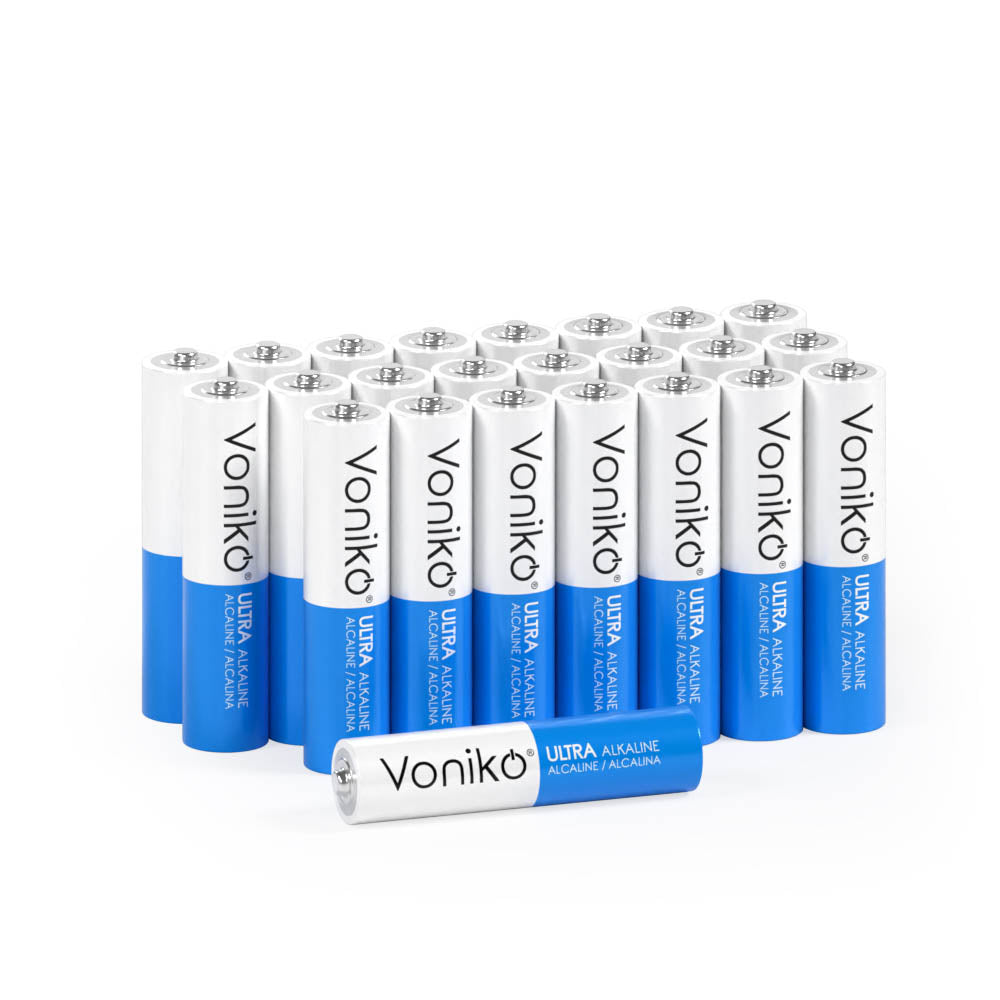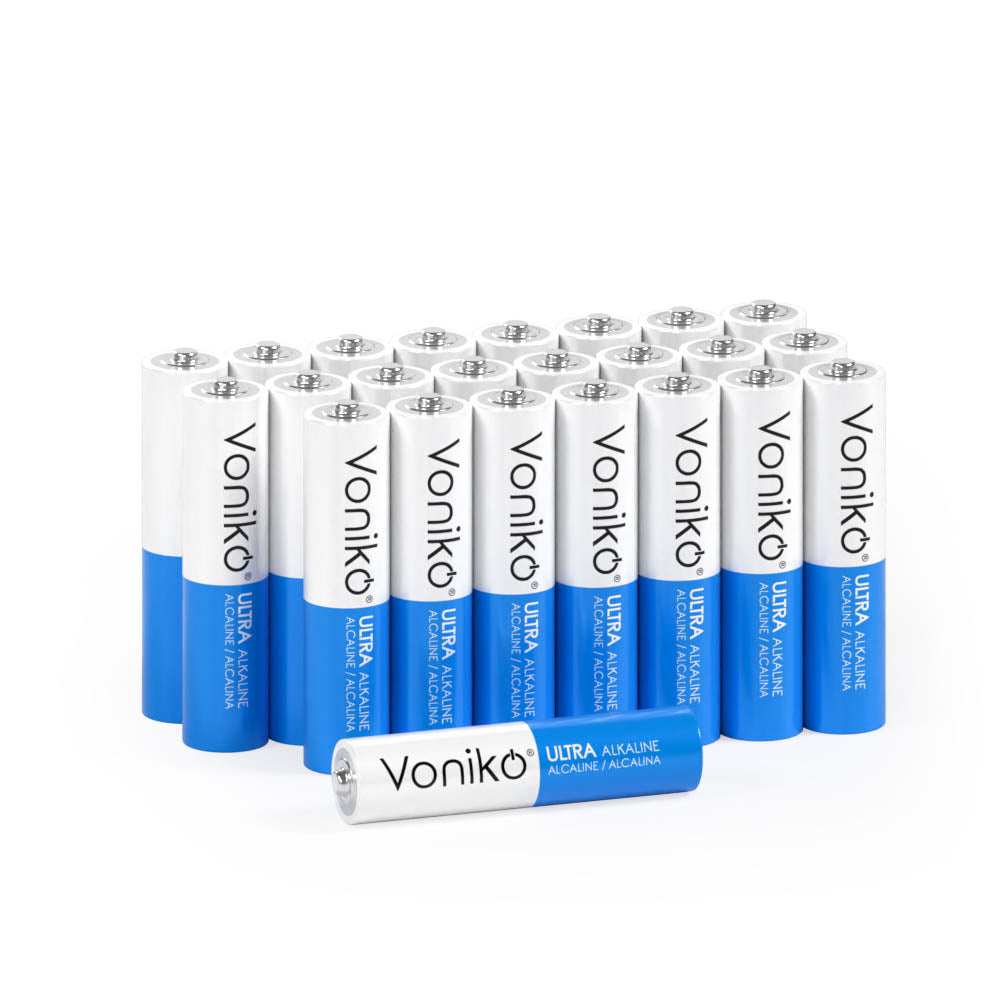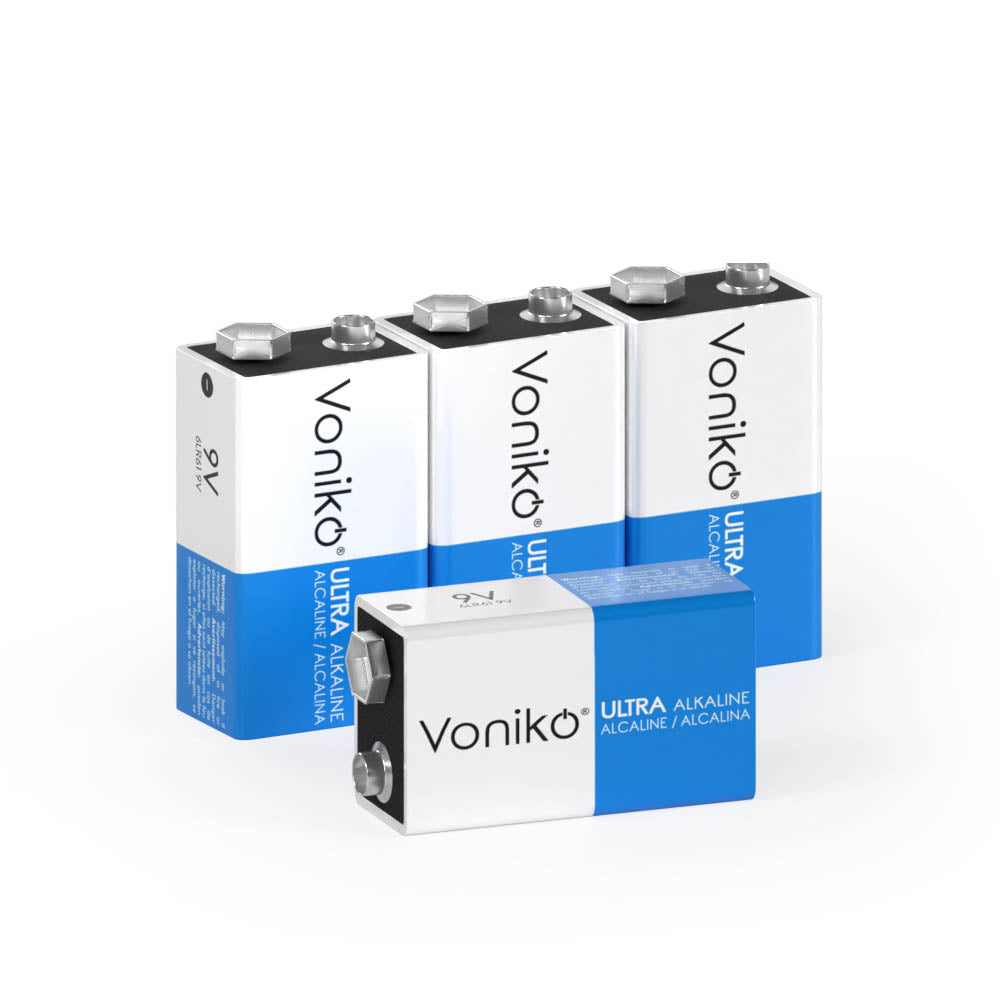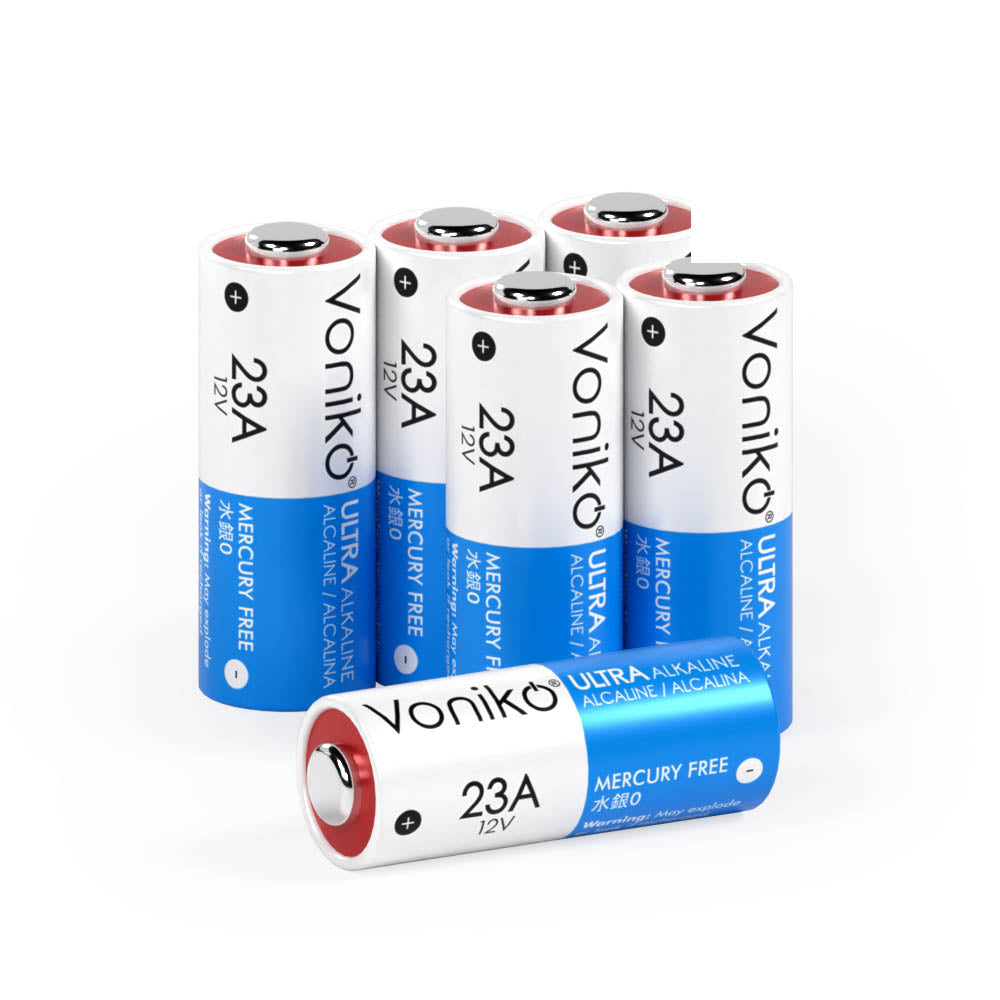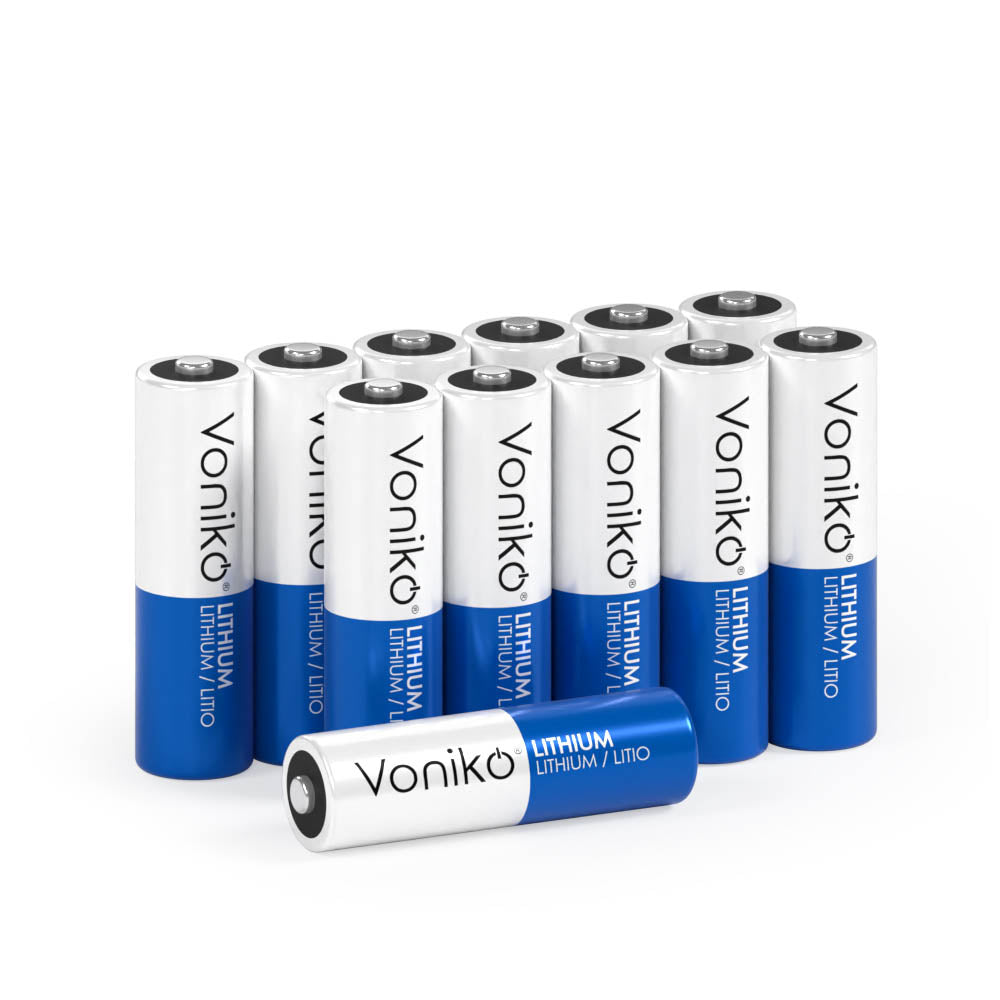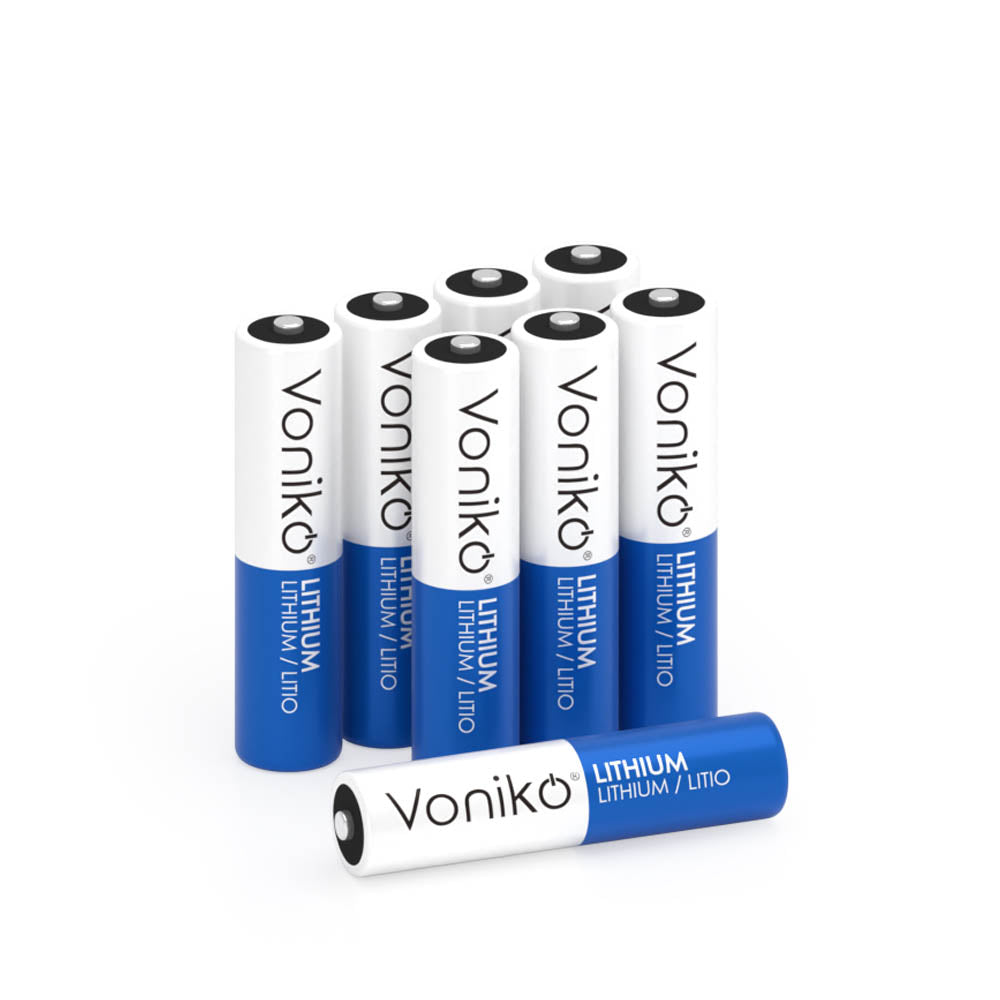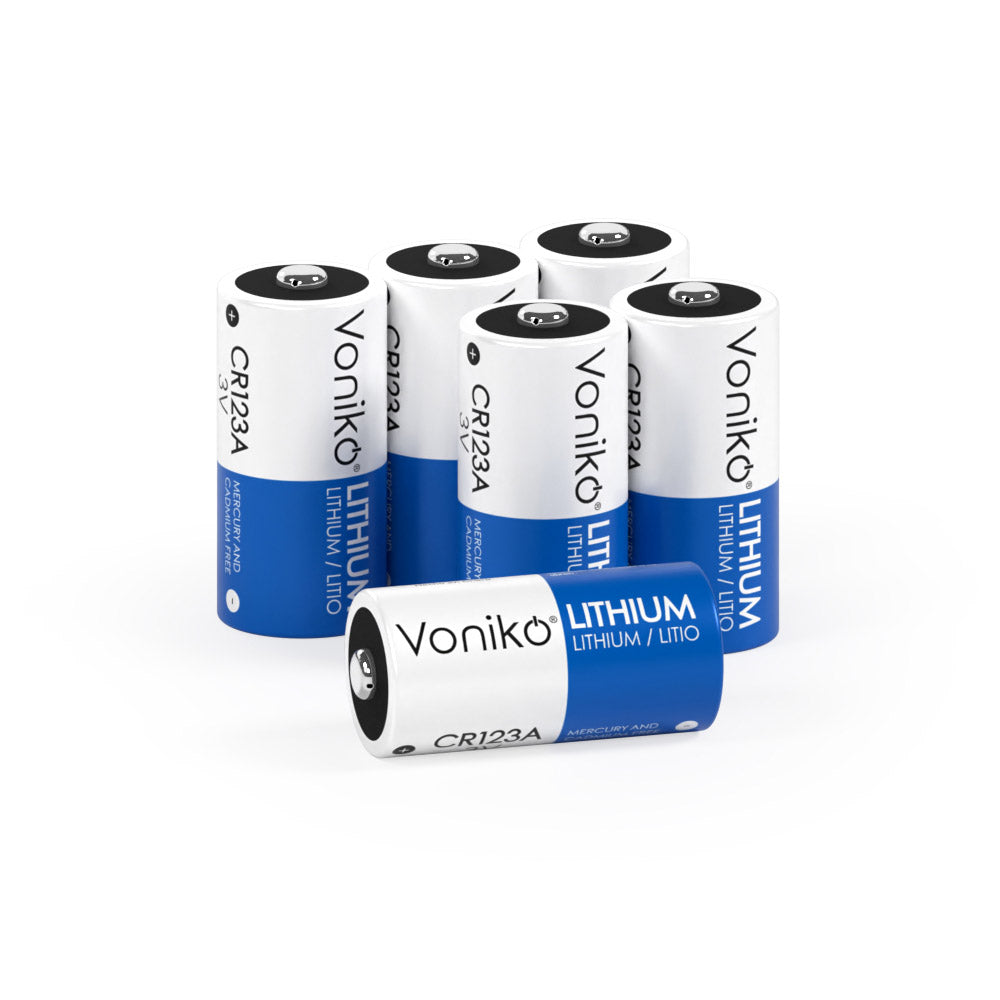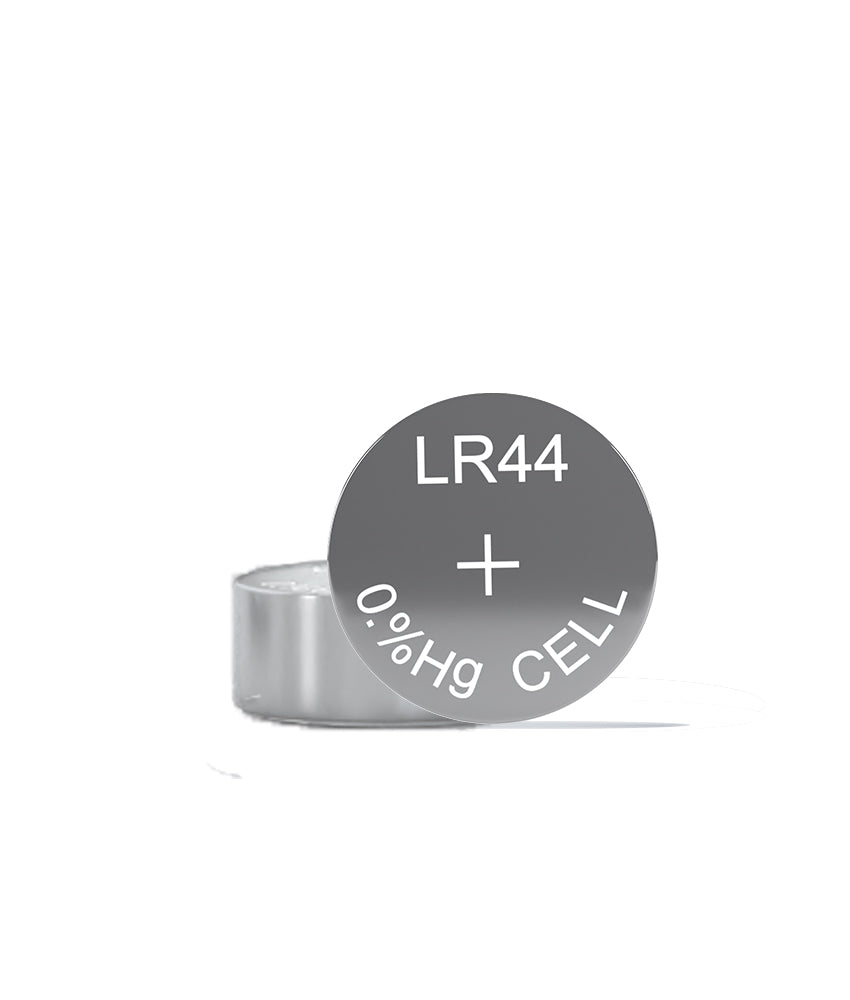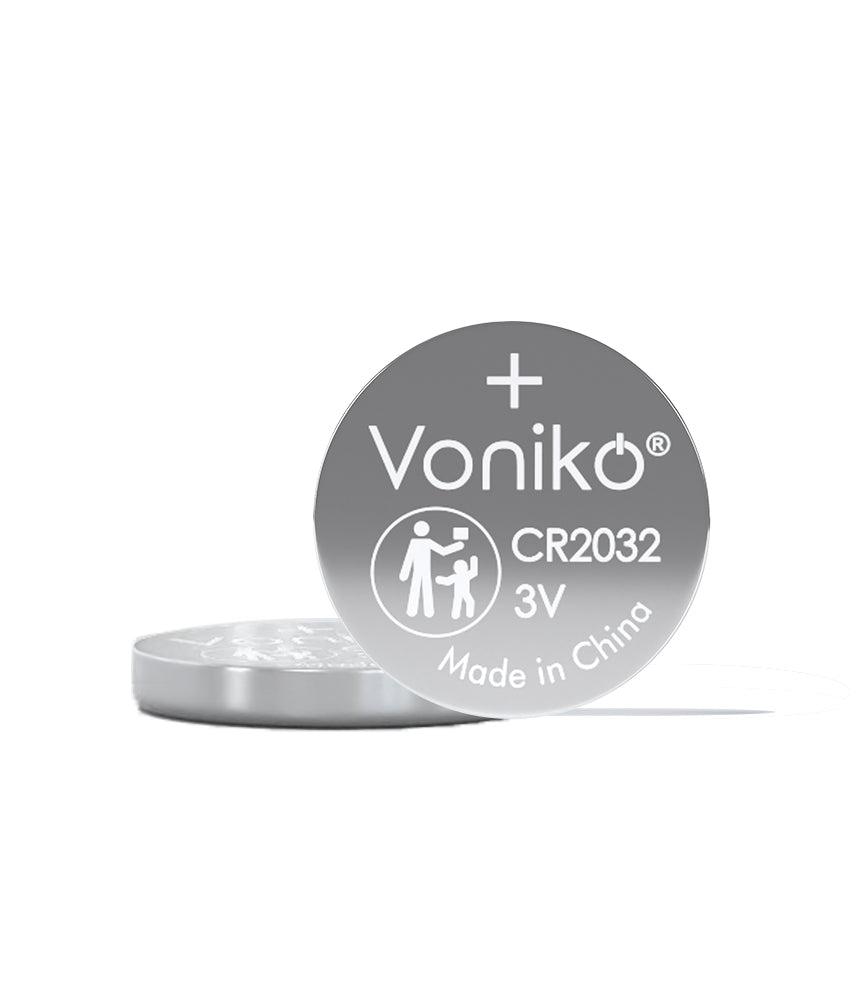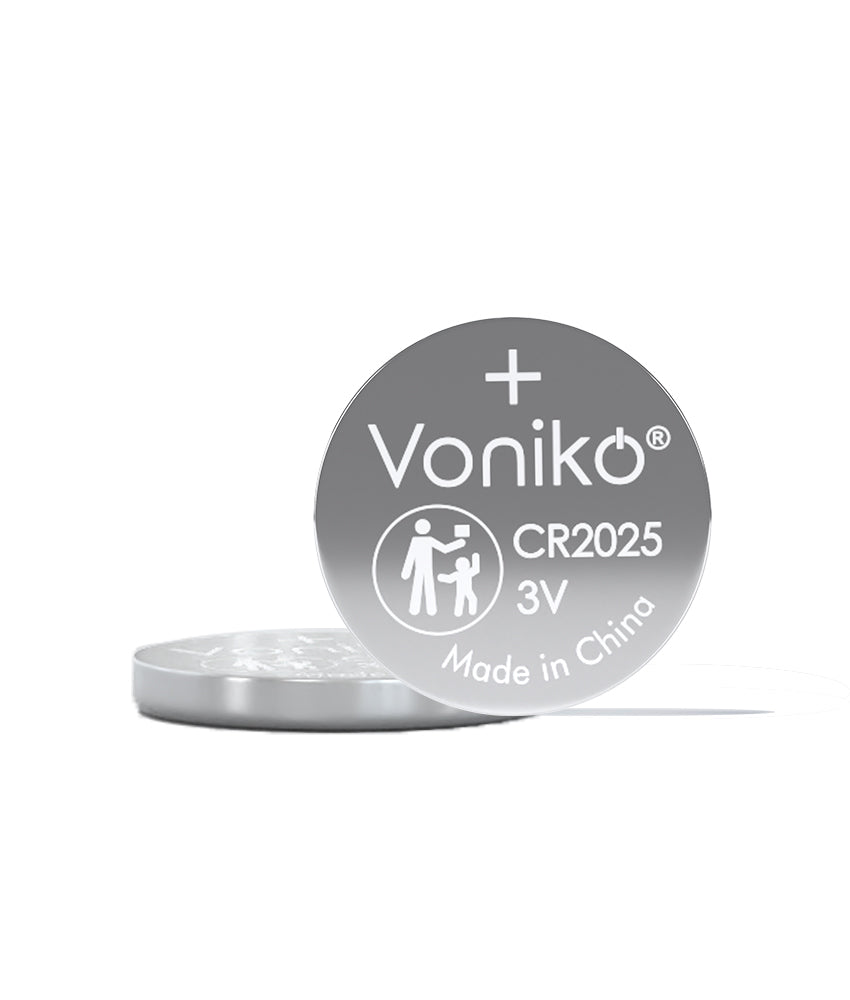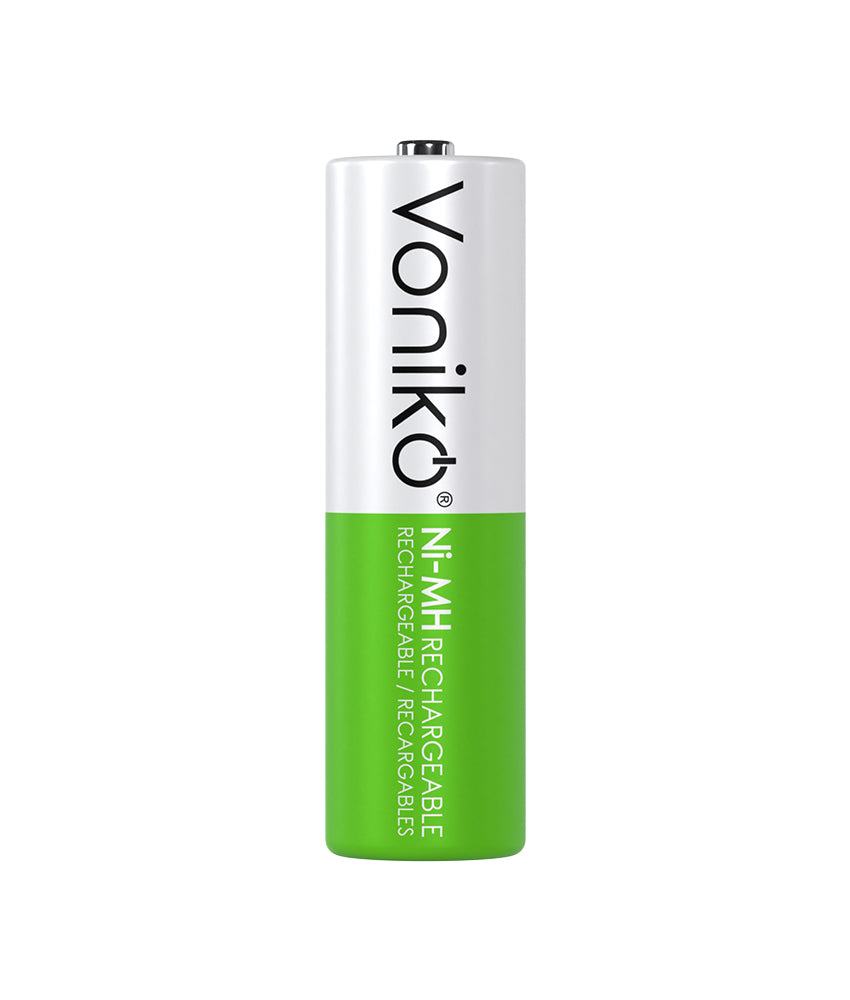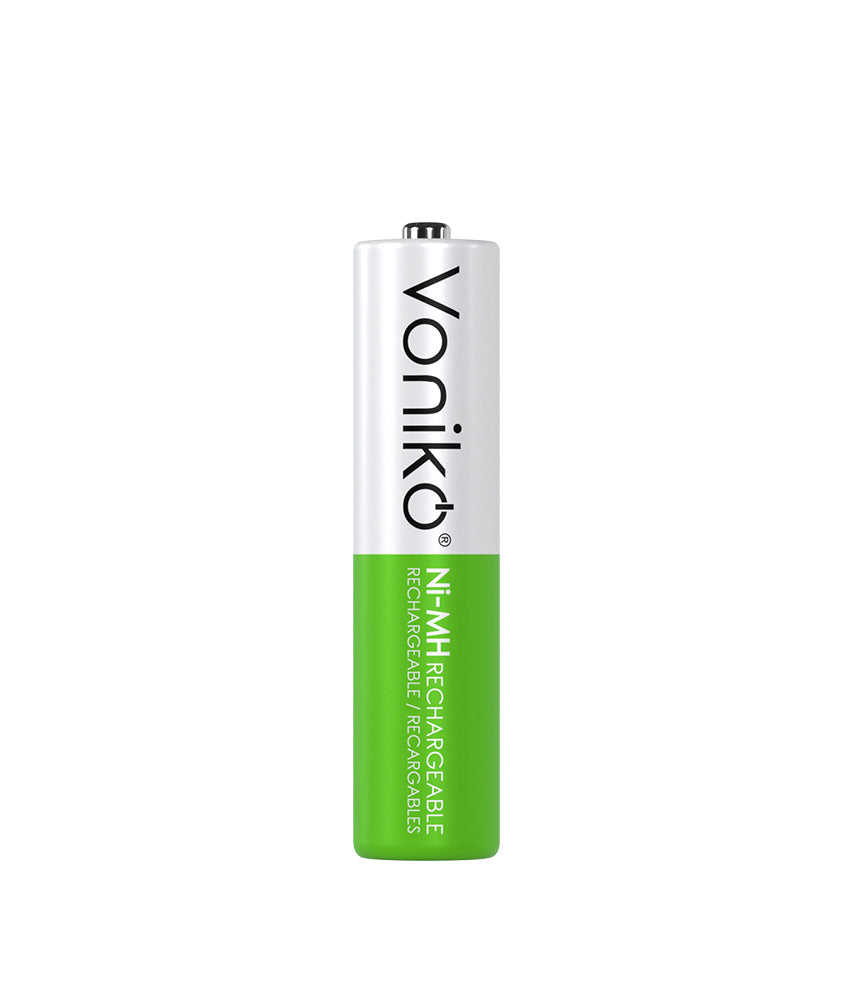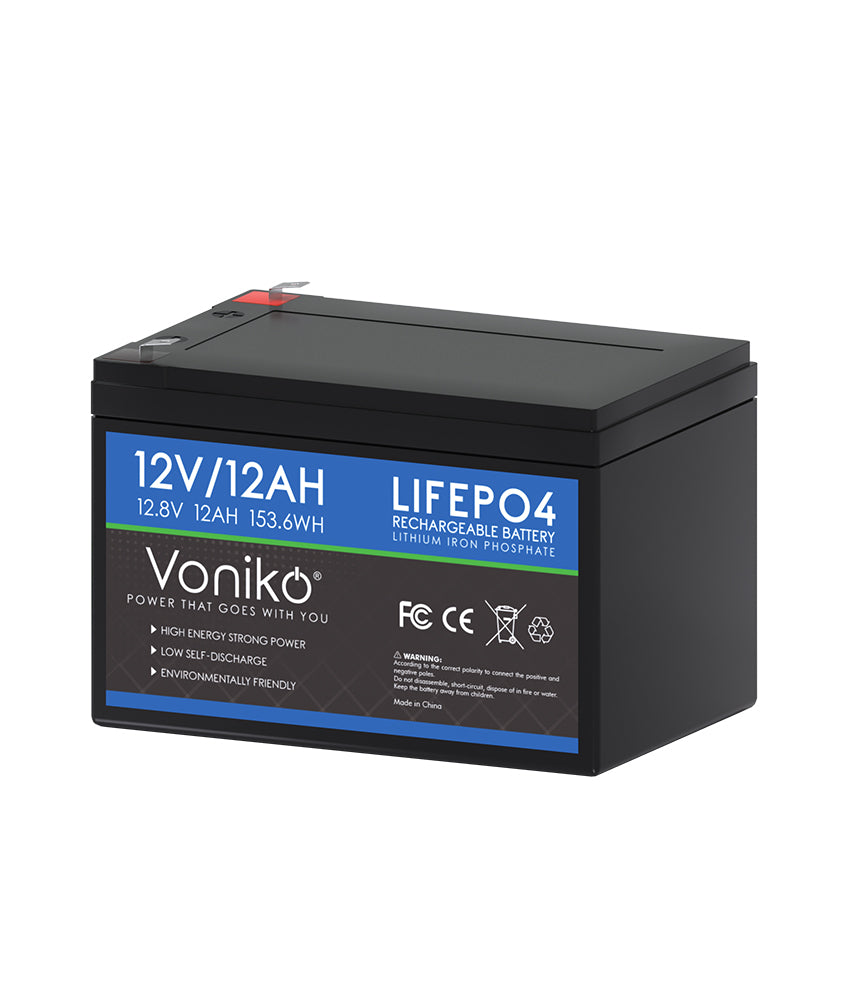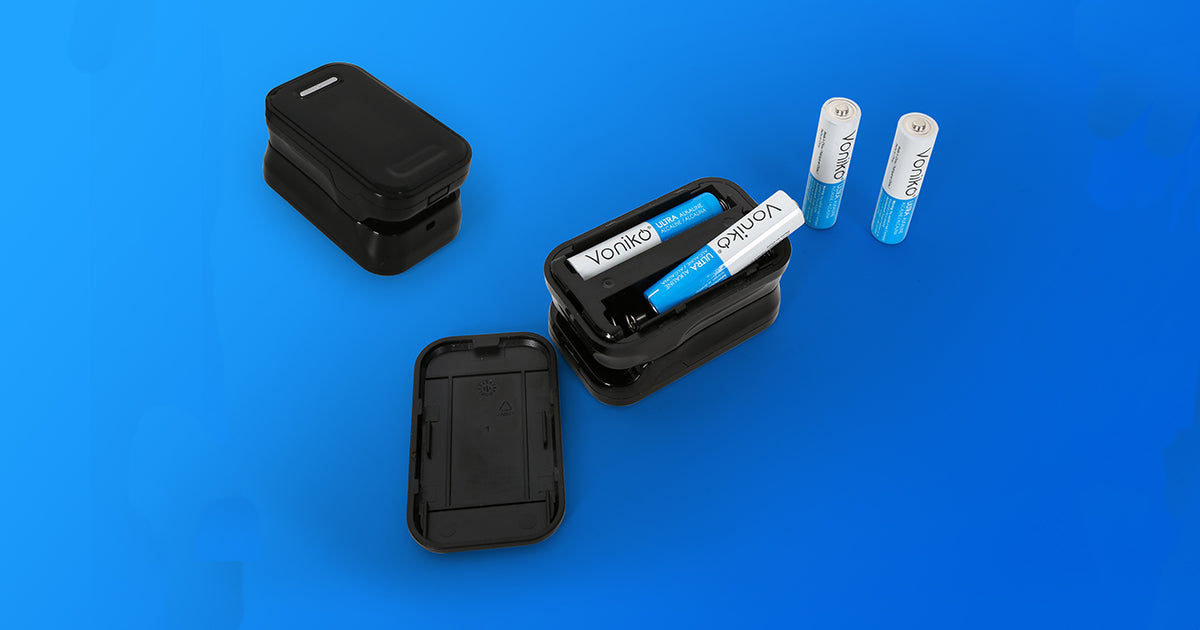Inside this Article:
Alkaline batteries are primary batteries, meaning they are designed for single-use until they are depleted. They consist of a zinc anode, a manganese dioxide cathode, and an alkaline electrolyte.
What's inside an alkaline battery and how does it working?
The two electrodes in batteries both are made of conductive material, but they serve different purposes. One is called the cathode and is where current leaves (or electrons enter) the cell during discharge. The other electrode is called the anode.
There is an electrolyte between these electrodes. It is a liquid or gel-like substance that contains charged ions. The ions combine with the materials that make up the electrodes to create a chemical reaction that causes the battery to generate electricity. The electroyte of alkaline batteries is typically sodium hydroxide or potassium hydroxide, they both are alkaline electroyte, that's why we called them "ALKALINE BATTERY"

The purpose of the i on conducting Separator is to keep the positive and negative electrodes inside the battery separate from each other. Without the i on conducting Separator, the two electrodes would come into contact, causing a short circuit and preventing the battery from working properly. Our Voniko batteries are made of premium i on conducting Separator to minimize leakage due to short-circuiting of the anode and cathode.
If you use an alkaline battery in a flashlight, the chemical energy stored in the battery is converted into electrical energy, which flows from the battery into the flashlight's bulb, causing it to light up. The current then re-enters the battery from the other end.
All components of the battery work together to make the flashlight glow. The electrodes in the battery contain certain conductive materials. When the ions in the cathode, anode, and electrodes encounter the electrode atoms, specific chemical reactions occur between the ions and the electrode atoms. In the battery, the cathode accepts electrons from the anode. and the anode loses electrons.Ultimately, these reactions result in the flow of ions between the anode and the cathode, as well as the release of electrons from the electrode atoms. These free electrons gather at the negative terminal(the flat bottom part of an alkaline battery). As a result, the two electrodes have different charges:
- When electrons are released, the anode becomes negatively charged.
- When electrons (which carry a negative charge) are consumed, the cathode becomes positively charged.
This difference in charge causes electrons to be attracted to the positively charged cathode. However, they cannot enter the battery's interior because a separator prevents them from doing so. When you flip the flashlight switch, the electrons have a path to the cathode. This is why an alkaline battery does work.

Who invented the alkaline battery?
Batteries with alkaline electrolyte were first developed by Waldemar Jungner in 1899. The modern alkaline dry battery, using the zinc/manganese dioxide chemistry, was invented by the Canadian engineer Lewis Urry in the 1950s in Canada. On October 9, 1957, Urry, Karl Kordesch, and P.A. Marsal filed US patent (2,960,558) for the alkaline battery. It was granted in 1960 and was assigned to the Union Carbide Corporation.
Is Alkaline Batteries Right for Your Device?
Deciding if alkaline batteries is right for you depends on several factors, such as device compatibility, convenience, and durability. The alkaline batteries has its own quirks, so let's look closely at both sides:
Advantages of Alkaline Batteries
The benefits of alkaline batteries have contributed to their becoming increasingly common. Long-lasting and good Value is a very appreciated benefit. When your devices often run out of power at the worst possible moment, it's essential to stock up on AA, AAA and 9V alkaline batteries at home/office - after all, they're great value and durable.
- Perfectly capatible with all device in home/ofiice, From remote controls to children's toys, you get more bang for your buck with alkaline batteries.
- You are free to charge your device anytime however you choose since thet are ready to use in 10-years of stock life.
- Voniko alkaline batteries are designed with 0% of Mercury and Cadmium, reducing environmental harm. Choose alkaline batteries for a greener, more sustainable option.
Disadvantages of Alkaline Batteries
- Alkaline batteries, while powerful, are typically single-use. For heavy users, this means frequent trips to the store and continuous expenditures. Rechargeable NIMH batteries may be more suitable for those looking for long-term, reusable power solutions.
- Alkaline batteries tend to underperform in very high or low temperatures. This makes them less reliable in harsh climates or outdoor activities during winter. For devices used in such environments, you might need to consider Lithium Disposable Batteries that better withstand temperature variations.
That being said, these issues are relatively minor and most people find alkaline to be a convenient and reliable way to keep their devices powered up.
Lithium vs alkaline battery
Essentially, alkaline batteries, are good all-around batteries for everyday electronic devices and last longer than some other types. lithium batteries, have several distinct advantages over their alkaline counterparts:
- They're designed to last longer, making them a good choice for high-tech and smart devices, and those electronics for which changing the battery is inconvenient.
- They can withstand extremely low temperatures. Lithium can operate without failing in a very cold climate, so it's ideal for outdoor applications.
- Lithium batteries are lighter than alkaline batteries, so they offer an advantage when used with portable devices, especially cordless power tools.
In short, a lithium battery can be used as a high-performing alternative to a standard alkaline battery. However, the benefits come at a cost: Lithium is a more expensive technology, which means a higher price point. These batteries can even outlast the normal lifespan of some inexpensive, noncritical devices, like toys, so the extra cost may not be justified in every case.
Check Out the Best Batteries for Your Needs
Voniko guarantees power going with you. Regardless of the severe environment, Voniko batteries can stand out to accompany you by providing endless power to your starving devices. Our products are designed in Colorado, inspired by necessity and first-hand experience, built to last, backed by real people, and engineered by an experienced team with deep insights into consumerbatteries technologies.
Whether you're looking for a AA , AAA , 9V, CR123A, or Button Cell Voniko has you covered!
Contact our 5-star support team with any questions, comments, or concerns.

